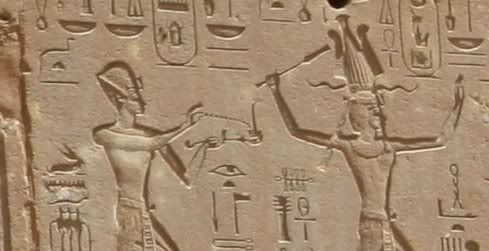Some time in the 15th century BCE, the female Pharoah Hatshepsut sent ships to a place called Punt. But we don’t know where that place is, even now.
So elusive is the answer that, since the mid-19th century, a procession of scholars have, like erudite dart-throwers, stippled the map of the Red Sea area with their often strongly argued proposals for where Punt lay. (Refer to map at right throughout this article.) Syria. Sinai. Southern Arabia. Eastern Sudan. Northern Ethiopia. Somalia. Kenya. Each was Punt, insists this or that Egyptologist. New papers continue to appear regularly that try to put this question to bed once and for all. So far, all have failed.[NOVA | Building Pharaoh’s Ship | Where Is Punt? | PBS]
To resolve this issue, scientists are turning to two people who may know the answer: two mummified baboons in the British Museum
The team is conducting oxygen isotope tests on the preserved hairs of the baboons. Oxygen isotopes act as a ‘signal’ that can tell scientists where an animal is from.
To aid in narrowing down the location of Punt the team is also performing oxygen isotope tests on samples of modern day baboons from Eritrea, Ethiopia, Somalia, Yemen, Uganda and Mozambique. If the oxygen isotope signatures of these baboons match their ancient counterparts the team will know where Punt was.[Mummified Baboons in British Museum May Reveal Location of the Land of Punt | Heritage Key]
Update (April 26): The Baboons have spoken. They say Punt was the land between Ethiopia and Eritrea.

